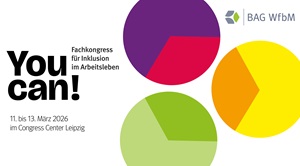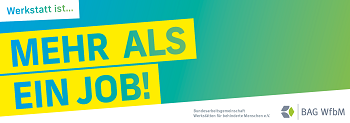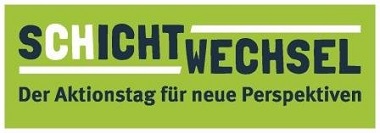The inequality of wealth distribution in Germany has risen sharply from 2002 to 2007. This is the result of a recent study carried out by the German Institute for Economic Research (DIW) Berlin on behalf of the Hans Böckler Foundation. The study also shows that the differences between Eastern and Western Germany continue to grow.
DIW scientists warned that old-age poverty in Eastern Germany is going to increase significantly in the future if the government does not take action. In the wake of the Hartz reforms of social benefits, higher unemployment in Eastern Germany forced more people to sell their assets before they were entitled to any supplementary benefits.
While net assets increased by over eleven per cent in Western Germany since 2002, they dropped by nearly ten percent in Eastern Germany. In addition to the high unemployment rate, the decline in prices of owner-occupied real estate in Eastern Germany is responsible for this development. During the investigation period, the average real estate value grew by approximatly 6,000 Euros to 154,000 Euros in Western Germany; in Eastern Germany however, it declined by about 7,000 Euros to 80,000 Euros. Owner-occupied real estate still is the predominant form of investment in Germany.
The study also raises concern about another development: In Eastern Germany, a significant decline in assets can be noted for the groups of persons aged 36 to 65 years. Depending on the the respective age, this decrease varies from 7,000 to 14,000 Euros, which equals a rise from 10 to 17 per cent. In Western Germany, this proportion has declined since 2002.
Differences between Eastern and Western Germany are also visible in the asset structure: East Germans own significantly lesws real estate and get into debt more frequently. However, higher debts are encumbered in Western Germany.
Assets of the Bottom Half of the Population Remain Static
In total, private households in Germany owned a sum of net assets amounting to over six trillion in 2007. This equals a value of about 88,000 Euros per adult in 2007. Since the last survey in 2002, this figure has risen by almost ten percent, adjusted for inflation. In contrast to rising average assets however, median net assets remained at only about 15,000 euros. As a consequence, it becomes apparent that property growth was higher, the greater the amount of assets already existing was.
More than a quarter of all adults (27 per cent) had no personal property or was in debt, while the richest tenth of the population owned a sum of total net assets of at least 222,000 euros.
Who we are
Bundesarbeitsgemeinschaft Werkstätten für behinderte Menschen e. V. (BAG WfbM) is the political representative of sheltered workshops in Germany. We represent 93 % of all German workshops. All public welfare organisations and religious denominations work jointly in our organisation.
Our task is to give expert advice on questions related to employment, vocational training, financing and legal issues. Additionally, we are actively involved in the legislation process. BAG WfbM promotes for the participation of persons with disabilities in working life.
Our task is to give expert advice on questions related to employment, vocational training, financing and legal issues. Additionally, we are actively involved in the legislation process. BAG WfbM promotes for the participation of persons with disabilities in working life.
































